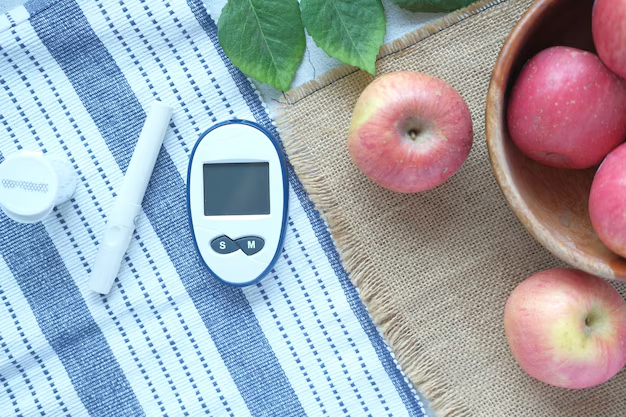Can Diabetics Safely Enjoy Eating Bananas?
For individuals managing diabetes, understanding how different foods impact blood sugar levels is crucial. One frequent question is whether bananas can be a part of a diabetic-friendly diet. The answer isn't as clear-cut as a simple yes or no but involves understanding how bananas affect your body and managing their consumption wisely.
The Role of Bananas in a Diabetic Diet
Bananas are among the world's most popular fruits, rich in potassium, vitamin C, and fiber. They contain carbohydrates, including sugars like glucose and fructose, which can affect blood glucose levels. For diabetics, maintaining balanced blood sugar is vital to control the condition and prevent complications.
Understanding Glycemic Index and Load
When considering bananas, diabetics should be mindful of the glycemic index (GI) and glycemic load (GL):
- The glycemic index of bananas varies depending on their ripeness but is generally moderate, ranging from 42 to 62. This means they cause a slower rise in blood sugar compared to high-GI foods.
- The glycemic load considers the GI and the portion size. A medium banana has a GL of about 11, suggesting that eating a single banana should have a moderate impact on blood sugar levels in moderation.
How to Include Bananas in a Diabetic Diet Safely
- Portion Control: Opt for a small banana or half of a medium one to keep the carbohydrate intake low.
- Pairing: Combine bananas with foods high in healthy fats or protein like a handful of nuts or a spoonful of peanut butter to slow sugar absorption.
- Timing: Incorporate them into a meal instead of eating them alone for better glycemic control.
- Monitoring: Keep track of your blood sugar levels before and after eating bananas to understand their impact on your body.
Empowering Diabetics Through Financial and Educational Resources
Living with diabetes involves not only dietary adjustments but also financial considerations due to medical expenses, nutritional wants, and lifestyle changes. Fortunately, there are a variety of government aid programs and financial assistance opportunities available to offer support:
- Medicaid and CHIP: These programs provide low-cost or free coverage for health care, including diabetes management for those who qualify.
- Supplemental Nutrition Assistance Program (SNAP): Offers assistance for purchasing groceries, ensuring access to healthy food choices.
- Pharmaceutical Assistance Programs: Many drug manufacturers provide medication discounts or free supplies to qualifying individuals.
- Diabetes Self-Management Education Programs (DSME): These programs provide training and resources for effective diabetes management.
For those seeking to improve financial literacy or pursue education in fields affecting their health or financial status, educational grants can offer paths to advance knowledge and career opportunities.
Key Resources to Consider
- 🏥 Medicaid: Comprehensive health coverage for eligible low-income individuals.
- 🥦 SNAP Benefits: Support in purchasing healthy foods like fruits and vegetables.
- 💊 Medication Assistance: Access programs for discounted prescriptions.
- 📚 Educational Grants: Scholarships and grants for diabetes-related education or financial management courses.
- 👨🏫 Diabetes Education: Free or low-cost programs offering guidance on managing diabetes effectively.
Understanding how to balance a diet with smart choices while exploring available financial resources can lead to healthier, more secure living for individuals managing diabetes. By staying informed and proactive, integrating beneficial foods like bananas into their diets, and leveraging financial assistance programs, diabetics can maintain their health without compromising their overall quality of life.
